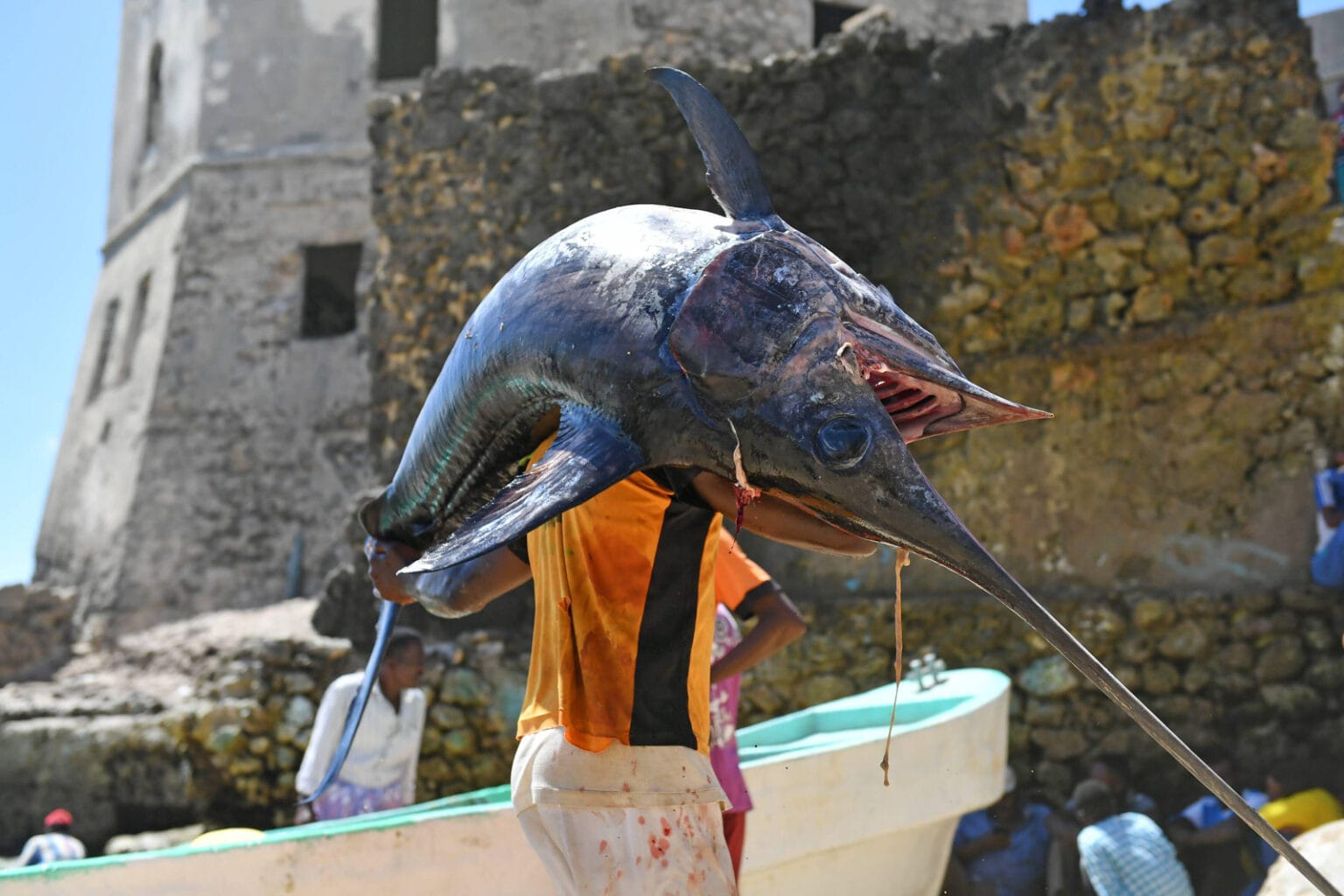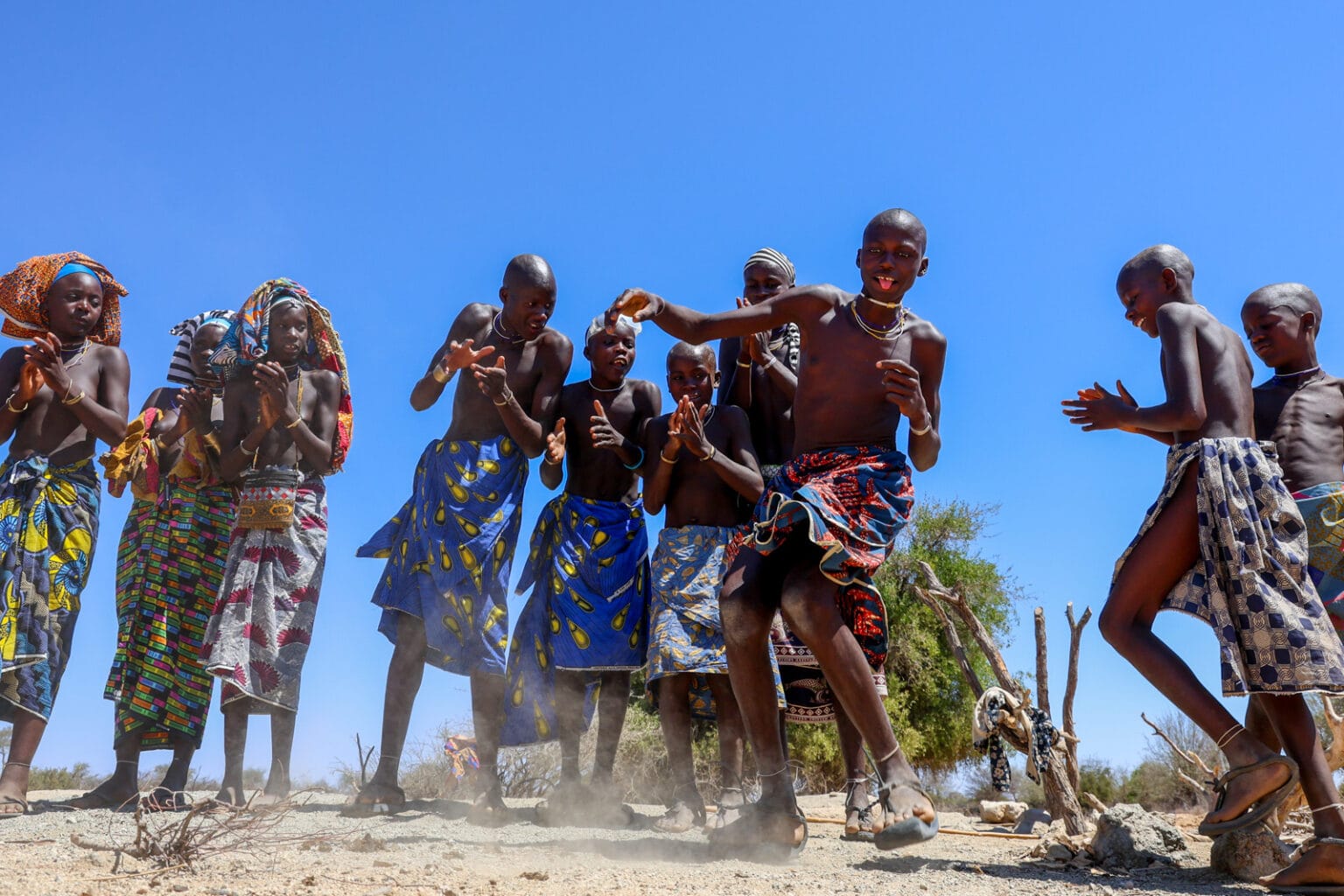Trip to Tibesti, the roof of the Sahara (SOLD OUT)
A trip to the most remote and inaccessible part of the Sahara. Tibesti, the roof of the Sahara. The Tibesti massif is a volcanic cataclysm, composed of bare rock mountains, stone plains, lava rivers, unlikely rock formations, sandy areas, lush oases turned into authentic miracles of nature and winding roads that prevent you from moving at more than 5 kilometers per hour. All of this is dotted with the most impressive and desolate lunar landscapes inhabited by the feared Teda, the toughest of the tough.

As if that were not enough, our trip will be accompanied by an authentic “atmosphere” of gold fever that makes this region a true last frontier. An expedition for the unconditional fans of the desert and the great adventures where everything can happen.

The remote and isolated Tibesti
Located from the capital N’Djamena more than 5 days of hard travel, Tibesti extends over an area similar to the size of Austria in northern Chad, along the borders of Libya and Niger. Getting to Tibesti is not easy, on the remote desert road linking Mao, near Lake Chad, with Zouar, the entrance to Tibesti, about 1000 kilometers away, there is practically nothing. However, the journey to Tibesti is still interesting. In these days of travel only find a couple of towns of some importance, crossroads, which serve to buy some supplies, refill water and in the case of Soultou, the main population of the route, to refuel vehicles with fuel from Libya. Of course, it will be shocking to meet those immensely loaded trucks crossing the Sahara.


Lunar landscapes and deep craters in Tibesti
On this trip to Tibesti we will focus on discovering the infinite and spectacular landscapes that this part of the Sahara has to offer. A complete and varied range of volcanoes, rock formations, oases, canyons, lava rivers, traditional villages and imposing dune chains await the traveler who joins our expedition.

If in Chad in general the infrastructure is poor, in Tibesti it is non-existent. As when we travel to Ounianaga and Ennedi, we will have to carry all kinds of provisions for the trip, but with a difference, during the trip to Tibesti we will spend several days in a row without having access to buy food and any other product.

Exploring Tibesti, the unknown Sahara
If the traveler is able to endure long and uncomfortable days of driving, basic cooking, extreme day and night temperatures, uncomfortable wind and some other inconveniences that may arise during the expedition, he will be rewarded with immense horizons, campfires under the stars, places more typical of other planets and the pleasure of discovering a region that has been traveled by a very small group of westerners.

In these isolated and remote landscapes, about 15,000 Tedas, inhabitants of Tibesti, live totally adapted to one of the harshest and most remote geographies of the planet. During the trip to Tibesti we will be able to see how the gold fever marks the life of the Tibesti inhabitants. Most of the Teda people have long since exchanged their camels for Toyotas and satellite phones, dedicating themselves exclusively to the gold business. Many other Africans, originating from southern and central Chad and other countries seek their opportunity in these mountains, although many will return empty-handed.


All this is Tibesti, tough people, traders and traffickers, isolated villages, the highest mountains in the Sahara, stunning sandy beaches, volcanic calderas, huge oases and some of the most brutal desert landscapes in the world.

Ounianga Lakes
We will leave the volcanic massif of Tibesti by its northeastern slope passing through the beautiful palm grove of Gouro and then Ounianga Kebir, where we can refuel our vehicles. We will have the opportunity to visit the Yoan and Katam lakes.
Some points of interest on the trip to Tibesti
- Crossing the beautiful Sahelian area towards the north of Chad. A landscape dotted with acacia trees, nomads and villages built of mud.
- Contemplate the camel herds of Arabs and Tubus shepherds in the desert.
- Visit isolated villages during the trip where the Teda of Tibesti live.
- Abundant rock art in Tibesti, both paintings and engravings.
- The incredible rock formations of the Zouar and Quizin canyons and their brutal landscapes.
- Explore the traditional village of Gouro located in a beautiful palm plantation in the middle of dunes and mountains.
- Trou de Natron and the descent into the interior of the caldera
- Countless rock engravings like the one at the Gonoa site
- Visit the lunar landscapes of the Tibesti, sighting the different volcanoes such as the Tarso Voon, the Tarso Tieroko or the Tousside peak.
- Crossing impressive dune ranges
- Visiting the Ounianga Kebir lakes
- The route of the whells
- Mao, the crossroads town in the west of Chad
- Visiting the many remnants of the war with Libya


Our last expedition to Tibesti in 2022
If you want to know more details of what it means to travel to the most remote part of the Sahara, be sure to read our article published in our blog. Trip to Tibesti in 2022






